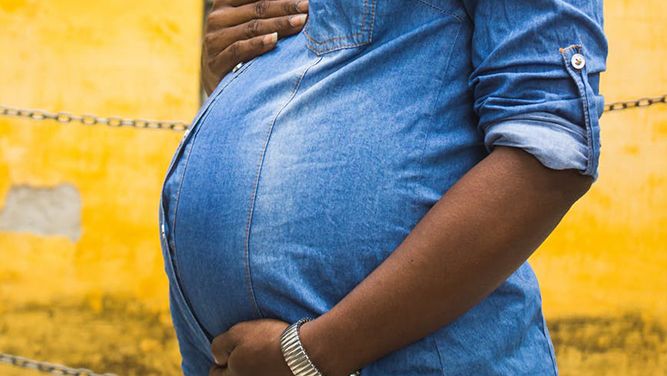A new study by researchers at USF and Brown University shows the death rate of people in long-term care following hurricane Irma has been significantly underreported by the federal government.
What You Need To Know
- Researchers count more than double the amount of deaths reported by the CDC.
- The reported deaths were the result of power outages in sweltering heat.
- The study suggests stress from the storm also had a major impact.
Researchers say it’s likely those who died in the weeks and months after the storm in 2017 were not counted toward the total tally because their deaths didn’t appear to be directly tied to it. However, researchers say trauma from an event of that magnitude could have caused elderly residents to decline well after the hurricane passed.
“This is an incredibly frail population, and any destabilizing event like a hurricane or COVID-19 virus really can really do a number on this population,” said David Dosa, an associate professor and researcher with Brown University.
When compared to the same period in 2015, when there were no hurricanes, the study shows 433 more long-term care deaths in the 90 days following Irma and 262 within 30 days.
Researchers say that is more than double what the Centers for Disease Control and Prevention reported.
“What we found in 30 days was more deaths in nursing homes alone than what was reported in the entire state of Florida,” Dosa explained.
Irma-related deaths at a south Florida nursing home drew national attention at the time, when 14 residents died at the Rehabilitation Center at Hollywood Hills. Residents were left in sweltering conditions, after the air-conditioning was knocked out. Eight of them died on September 13, 2017, but the rest reportedly died in the weeks to follow.
“Hollywood Hills was not alone. There were many other nursing homes where there was significant morbidity and mortality after this particular storm,” Dosa said. “People don’t have their medications or the access to the health care that they need. They have to move from point A to point B and C and D, and all those things take a toll on adults.”








